There are several remnants of the human body 'Organs who have lost their roles in the course of evolution and have degenerated'

Charles Darwin, a biologist of the 19th century, advocated a " natural selection (theory) theory " that species will evolve by leaving descendants what is adapted to the natural environment by overcoming survival competition, "human beings are monkeys The ancestor has the same ancestry, and its ancestor has also evolved from another living thing ", and established the foundation of contemporary evolution theory. Although the organs that are no longer needed during the process of evolution of humans degenerate, their remnants are still left in the human body. The Vox channel explains the " proof of evolution " remaining in the human body with a movie.
Proof of evolution that you can find on your body - YouTube
I put my arms where I want to be flat ......
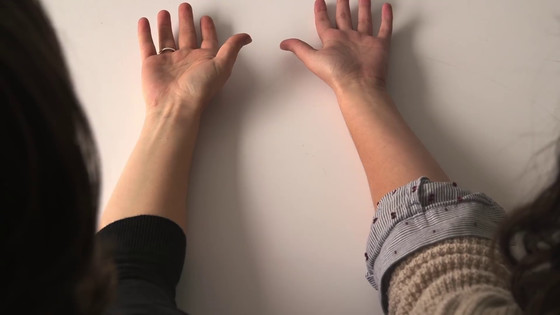
Stick your thumb and little finger and bend the wrist inward. At this time, 3 to 5% of Japanese people do not appear as strange as the right person in the image below.
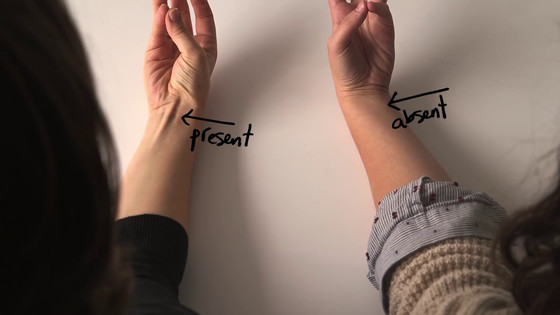
This streak appearing on the wrist is called " long dorsalis muscularis", one of the remnants of evolution left in the human body. Since the function of long palmar muscles is sufficiently substituted on other muscles, grip strength will not be weakened even without this line.
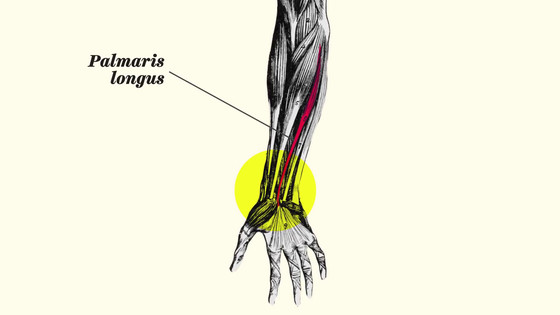
Even without long palmar muscles, it does not disturb the hand movement, so it can also be used for transplantation to other parts by cosmetic surgery etc. For example, in Tommy John surgery , known for baseball pitchers, many operations are performed to implant this long palmar muscle into the ligament of the elbow joint.
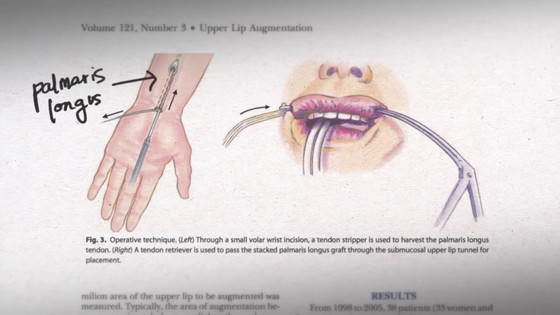
The palmaris muscles are developed in mammals that dig a hole in the ground and live on trees.

Most of the lemurs and monkeys have long developed since long palmar muscles developed, and in gorillas and chimpanzees that do not climb much on trees, they degenerate and become short. In humans it may have been degenerated and lost.
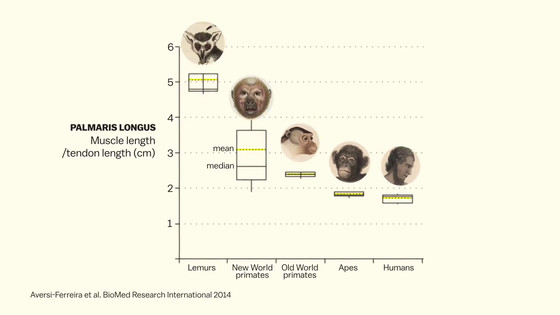
In addition to humans there are muscles that have gone unusable and degenerate. For example, three muscles around the ears are examples. This muscle is a muscle that exists to move my ears, but our modern people do not actively move my ears.
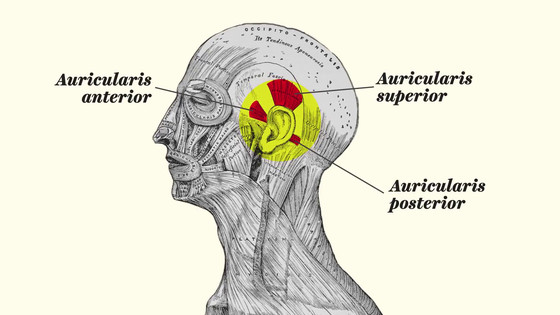
Originally, animals move their ears well in the direction of sound.

Hearing is a very important ability for nocturnal animals.

However, the ability to move ears is no longer useful for modern people, so the muscles that move my ears have degenerated. Still, it is confirmed by simple experiments that slightly using the muscles to move the ear. First, we attach an electrode to the ear to explore the movement of the muscle.
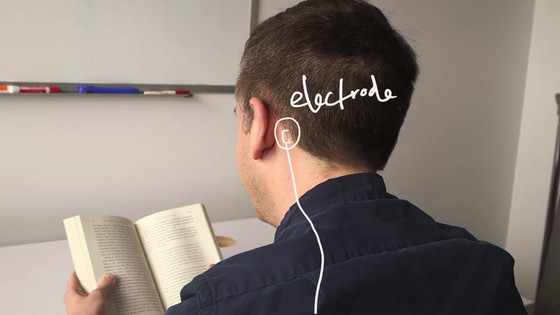
Then, for example, a loud sound is suddenly sounded from the left side with a speaker.
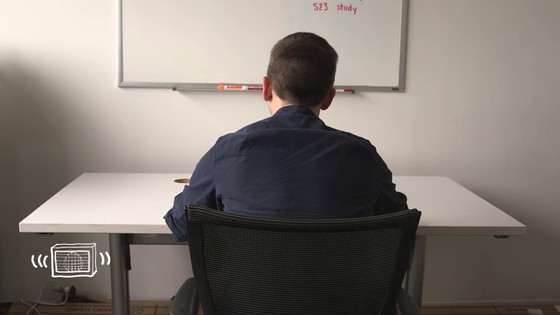
Below is the graph shown by reading the potential at this time with an electrode. The left muscle responds greatly just after the sound has come. Humans do not move their ears towards the direction of sound like dogs and cats, but the muscles which are the remnants of evolution are reacting properly.
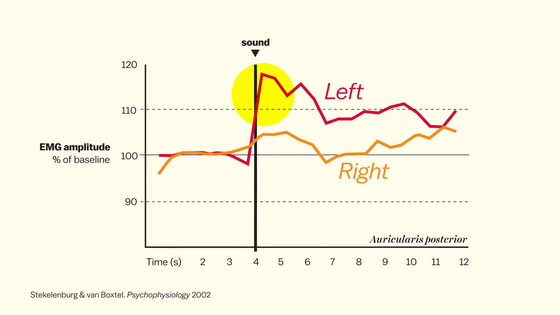
Also goosebump is a remnant of the function lost in the process of evolution.
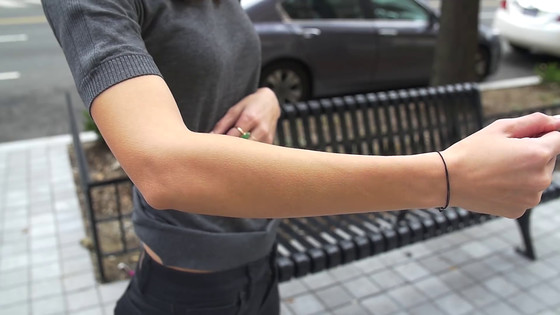
Goose bump is a phenomenon that the muscles called "napping brachialis" between the epidermis and upper dermis layer contract and the hair root is stretched as the hair root is pulled.

As body temperature decreases, signals are sent to the adrenal medulla through the sympathetic nerve and adrenaline is secreted. Adrenaline has the function of increasing the amount of blood supply to the exercise organ and the function of contracting the napping muscle. Therefore, when it gets cold and body temperature drops, the body hair stays upright, the root of the root rises and goose bumps stand up.
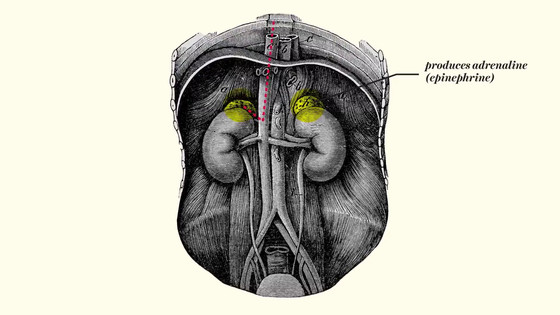
In the first place, why do you work to make your body hair stand up when you lower your body temperature, because if you have long hair, the insulation effect will be enhanced by holding your hair upright. As shown in the image below, the fox's fur is also fluffy to protect you from the cold.
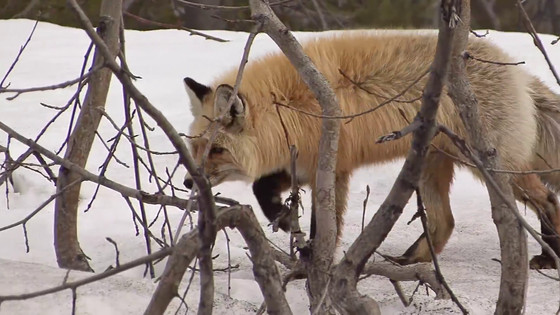
Birds such as pigeons will inflate wings so that they will not be deprived of their temperature by the outside air.
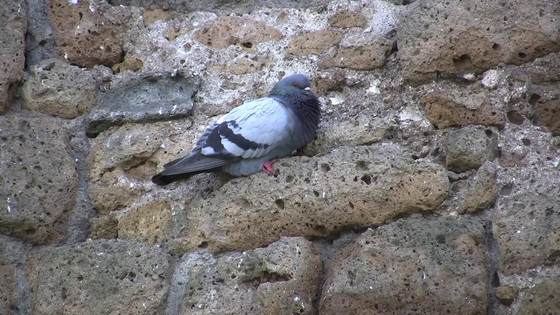
Also, adrenergic secreted when the sympathetic nervous is excited is called "struggle or escape" hormone. The mechanism that cats who encounter enemies erect hair to intimidate enemies are the same as goose bumps.
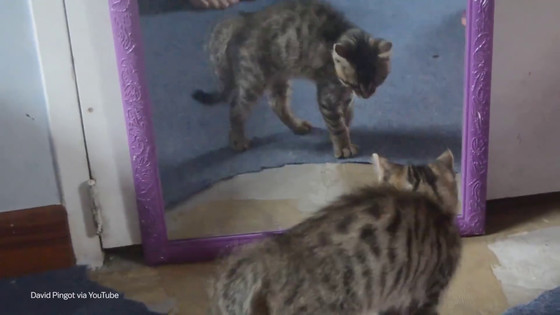
Goose bumps are stood when you listen to wonderful songs and hearts are shaken because the sympathetic nerves are excited by excitement, adrenaline is secreted and the napping muscle contracts.


The tail is the most famous of the evolved human organs that have been thrown away. There are no tails for humans, but the fact that a long ago ancestor had a tail is shown by a small bone called a coccyx.

Also, if you look at the 4th week pregnant fetus, you can see that there are tails in human beings as well.

Other animals, the tail remains as it is ... ...

The current living apes ( human superfamily ) including humans, cells in the tail part are lost in about several weeks due to programmed cell death .
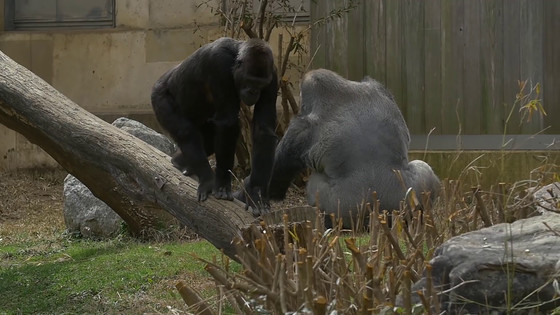
Very infrequently, newborns born with a tail with a mutation have been reported, but since the tail is unnecessary for humans, it can be said that the tail has been lost in the process of evolution.
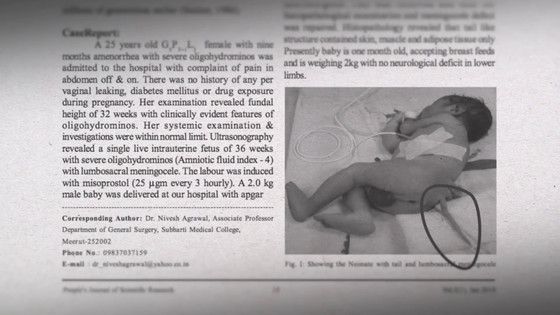
According to Sarah Turbin, the narrator of the movie, the remnant of the most cute evolution remaining in man is " grasping reflex " that the baby tightly holds the object placed on the palm. It seems that this reflection will be seen from birth to 5 to 6 months old, but it seems to be lost naturally afterwards. Grasping reflexes are thought to be a remnant of monkey's unique reflection and grip strength to cling to trees soon after birth.

Related Posts:







